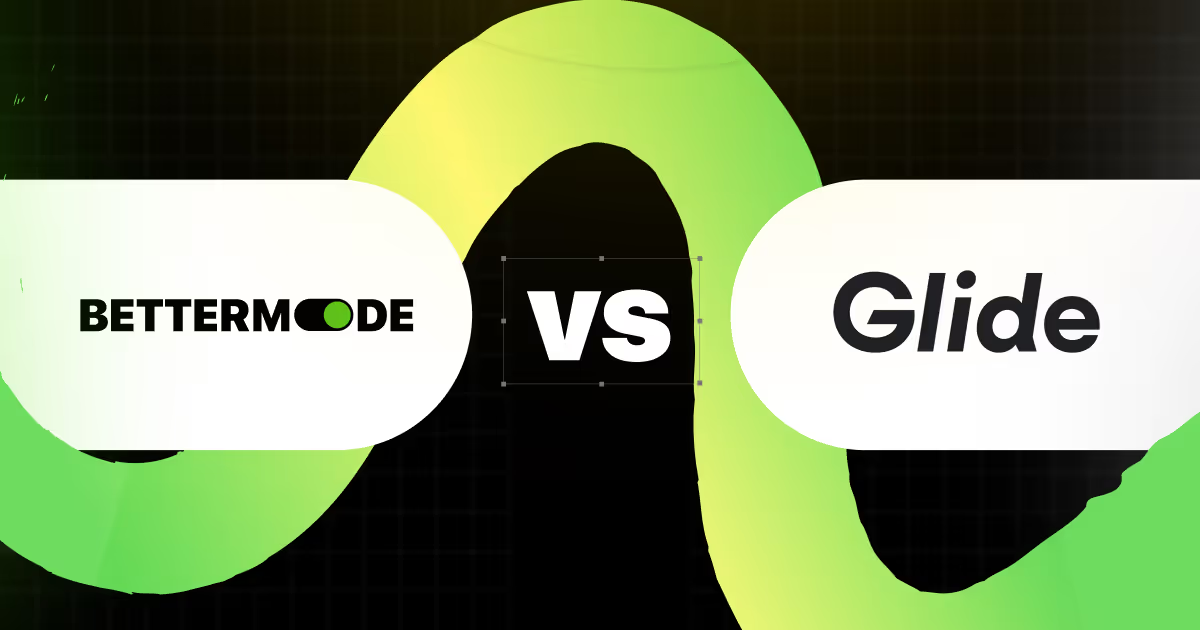Mapping Community Engagement: Essential Touchpoints in the Customer Journey

Customer relationships and customer experience are the ultimate frontiers for establishing market dominance. Primarily because they directly impact the lifetime value of customers. However, this is easier said than done — especially considering the number of competitors and other distractions trying to capture customer attention and move them through the desired buyer journey. Establishing the right touchpoints in the customer journey and embedding your brand in a meaningful manner can be highly valuable to boost engagement, retention, and strengthen the connection with the customers.
Perhaps you have already mapped how different departments in your company will impact the complete customer experience -- right from the discovery and consideration to the sales and post-sales stage. Your ultimate goal is to increase brand loyalty, retention, and tap into the referral network by delighting them in every stage.
That's where an online community comes into the picture. It is one of the most versatile business tools you can use to touch customers and reinforce your relationship.
Here are the key touchpoints in the customer journey where your community can be plugged in to deliver impactful engagement.

Online communities if executed in the right way can be really powerful for getting in front of your target audience and generating leads.
Awareness
User-generated content (UGC)
The contributions made by the members of your community ensure that the search engines always find fresh and unique content for indexing. We can already see that Google frequently ranks content from Quora, StackOverflow, and other relevant forums based on the keywords.
Tribe's client Smart Nora is leveraging this to get organic leads -- the following screenshot shows how their community content gets featured when someone searches for a keyword related to their competitor.

Thought leadership
Your branded online community is also a great channel to propagate thought leadership ideas along with other media. This gives you instant and direct access to audiences to share your leadership content. You can also create a space in the community for your industry and position your brand as a facilitator of discussions concerning your domain.
In case the ideas shared in your community are newsworthy, they would be get shared by the members and other third-party sites including media outlets might feature them as well. This works in a cyclic manner and further increases the visibility of your brand.
Consideration and purchase
Once the prospects are aware of your product and services, your online community can be used to influence the decision-making process and convert them into your client.
Social proof
Online communities can be used to catalog the honest discussions that your existing customers are having for your products and services. You can also create a unique space in your community to present customer success stories and testimonials.
Since customers are more inclined to trust the messaging coming from their peers (in a verifiable manner) when compared with the communication originating from the company, these social proofs go a long way in accelerating the decision-making process.
Educating with embedded components
What's a community solution that doesn't integrate with your website and product? With Tribe's embeddable widgets you can plug in community content inside your site. For example, the static FAQ pages can be turned into dynamic pages where your community discussions can be showcased and that can attract the visitors to interact with the community members without leaving your site.

The above screenshot shows the live example of how our client, Appjobs is using the widgets inside the site to build the community and fostering peer networks. This also allows you to project that your brand has a vibrant community and your customer base is helping each other.
Prospecting
You can also use the community to see if there are any high-value prospects who can become customers with the help of the sales team. You can put this into practice by scouting for members who are having pre-sales questions about specific topics or features or requesting feedback from the members.
This is a great way for your team to acquire new business via consultative sales.
Post-sales experience
Once you have the customers, there are many ways your community can help you deliver a better experience.
Onboarding
You can create a space in your community for your new customers to learn about the next set of action items or checklists. This can be also used to inform whom to contact whenever they are stuck or your process for handling queries.
It can contain all the collateral such as datasheets, training videos, documents to smoothly onboard the customers. This can also be configured based on the clients to deliver a personalized and unique experience.
Self-service
According to Forrester customer self-service is already is highly coveted by the customers as that involves the lowest friction. Close to 60% of adults in the US are already part of online support forums.
The branded community allows your customers to ask peers for help and get advice from expert users as well. The existing solution available in your community would continue to add value to subsequent queries for a long time.
This fosters a valuable peer network and helps the members to deliver value to each other. As a company, you can save resources that you would have otherwise spent on handling support tickets.
Social touchpoints inside the product
As discussed earlier, you can plug in certain components of the community inside the product. This is particularly helpful for software companies as you can embed community content in the product as and when the users of your product browse different features. They can also interact (e.g. upvote or like) with the content right inside your product.
Here is an example of how our client, Top Hat has embedded community touchpoints inside their education software via two-way integration.
Feedback and insights
Your product, marketing, and customer-facing teams can use the community as an online focus group for useful market research. All the candid discussions that get generated inside the community can be a great source to generate new ideas and improve product-market fit. Many companies export the content generated inside the community to perform text mining techniques such as sentiment analysis and feature selection.
For example, Tribe's client, Skyscanner (a leading meta search engine in the travel space) uses an insights community to connect with their super users and collect feedback for new features, redesigns, and user experience.
Communication
Keep your customers updated with notifications and deliver relevant updates to bolster your relationship and boost the retention rate. Here are some of the popular channels to communicate and update the members:
- Emails
- In-app notifications
- Notifications with messaging apps such as Slack, Telegram, Facebook Messenger
- Browser-based notification
- Integration with third-party tools such as Intercom, MailChimp, HubSpot
Loyalty
For all the activities that a brand undertakes for community building, the ultimate goal in most cases remains customer loyalty. Here is how your community can be a helpful tool:
Advocacy
You can craft a superuser program to identify the most involved community members and depending on your goal (customer support, brand promotion, engagement) you can define the parameters to select these users. Your reward and recognition program would be ultimately geared towards converting these loyal members into brand advocates. They would be happy to talk about your products on different channels and refer your product to their network. This word-of-mouth promotion can be influential as they are coming from your happy customers.
Here is a practical example of how Microsoft's MVP (Most Valuable People) program works:

Get started with community-led growth

This post discussed different ways for you to add community touchpoints to your buyer journey. Now it's time for you to put this into practice.






